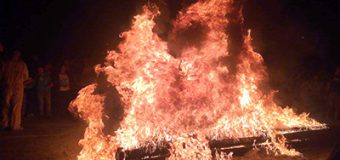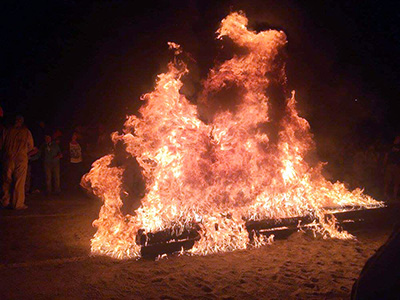You can enjoy the pools of public use of thermal water in Arties. The enclosure will be open every day from 10 a 20h at a prix of 3 €.
The two pools, one of 5 x 6 meters and another of 2 x 8 meters, are located next to the Banhs d’Arties, an ancient complex with three hot springs sulfurized-sodium unutilized since the 80s. In the new facility, independent of the ancient, swimmers can enjoy natural thermal water at a temperature of 39 ° C.
The complex also has changing room and a garden for the enjoyment of swimmers. The exhibition, which will be equipped with caretaker and rescuer, will be closed overnight.
The pools are on the track linking Garòs with Arties, along the Garonne River. The municipality of Naut Aran, promoter of the project, has appealed to respect the basic rules of conduct: using bathing costumes, showering before swimming, do not go with animals and not eat or drink inside the enclosure, while maintaining the calm of the environment.









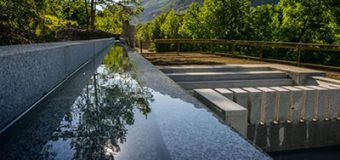
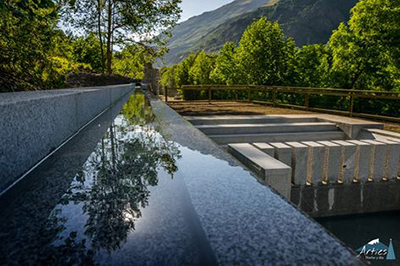
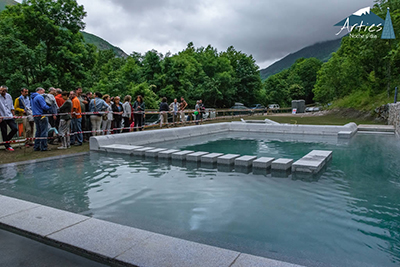
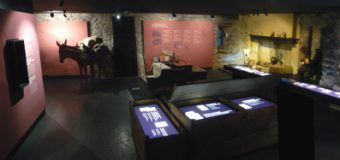
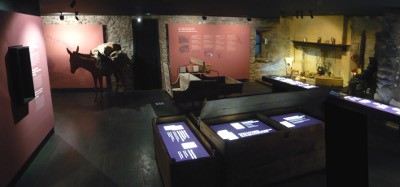
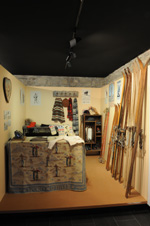
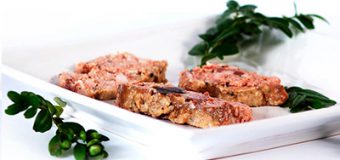
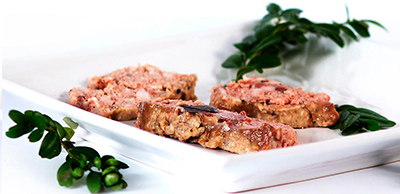
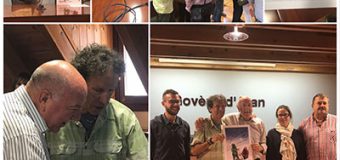
 The Aranian government, represented by the Síndic d’Aran, Carlos Barrera and the Tourism councilor, Anna Diaz, will host a reception for the alpinist Òscar Cadiach. The event took place last Monday, September 4 in the Press Room of the Conselh Generau d’Aran.
The Aranian government, represented by the Síndic d’Aran, Carlos Barrera and the Tourism councilor, Anna Diaz, will host a reception for the alpinist Òscar Cadiach. The event took place last Monday, September 4 in the Press Room of the Conselh Generau d’Aran.

 Among them, stand out the establishments specializing in meat products, sausages and pates, handcrafted made according to the recipes inherited from grandparents and great-grandparents butchers. And, of course, there are the traditional “Horns” baking bread to firewood and traditional pastries made with the classical conquilhons and tronquets between them.
Among them, stand out the establishments specializing in meat products, sausages and pates, handcrafted made according to the recipes inherited from grandparents and great-grandparents butchers. And, of course, there are the traditional “Horns” baking bread to firewood and traditional pastries made with the classical conquilhons and tronquets between them.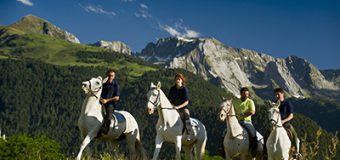
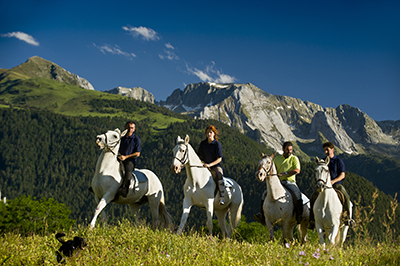
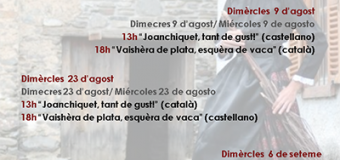
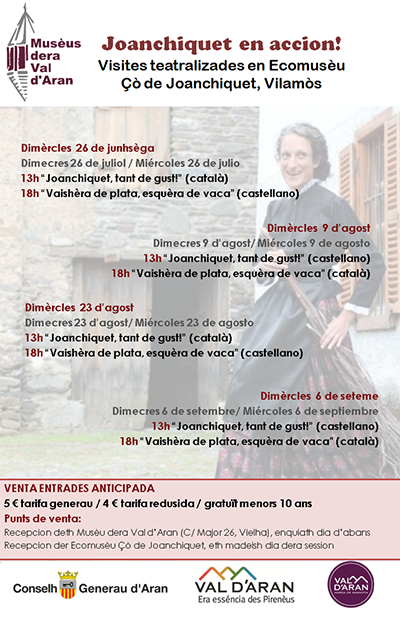 The Joanchiquet de Vilamòs ecomuseum has launched this year a program of theatrical visits that will take place on 26 July, 9 and 23 August and 6 September with two daily sessions.
The Joanchiquet de Vilamòs ecomuseum has launched this year a program of theatrical visits that will take place on 26 July, 9 and 23 August and 6 September with two daily sessions.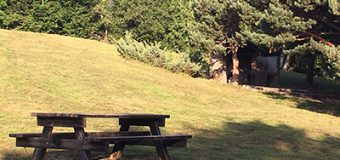
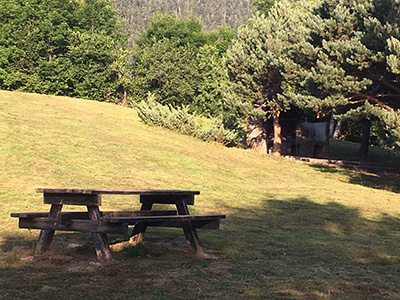 The Consèlh Generau has set up a brigade for sanitation of the nearly one hundred kilometers of trails that form part of the historic network of hiking and mountain biking trails in the Val d’Aran.
The Consèlh Generau has set up a brigade for sanitation of the nearly one hundred kilometers of trails that form part of the historic network of hiking and mountain biking trails in the Val d’Aran.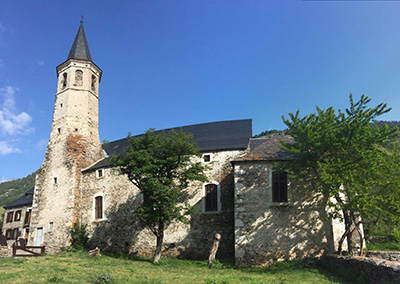 FFinally, it is worth mentioning the rehabilitation and improvement actions in the church of Nuestra Señora de Montgarri carried out by the Consèlh Generau. The works will improve the pavement to eliminate architectural barriers and will facilitate access to the church choir, leaving the Romanesque portico free of entrance to the church before the north facade. Also, various elements will be relocated to provide a better view of it to visitors.
FFinally, it is worth mentioning the rehabilitation and improvement actions in the church of Nuestra Señora de Montgarri carried out by the Consèlh Generau. The works will improve the pavement to eliminate architectural barriers and will facilitate access to the church choir, leaving the Romanesque portico free of entrance to the church before the north facade. Also, various elements will be relocated to provide a better view of it to visitors.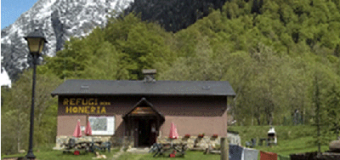
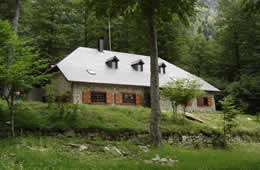 Owned by the Consèlh d’Aran, the refuge is located at the foot of the river Noguera Ribagorzana on its left bank. From the refuge two interesting itineraries leave, one of which towards the waterfall and the ‘estanys’ of Besiberri. The other path climbs above the Hospital de Vielha, dividing towards the valley of Molières, in the southwest direction, and towards the Port of Rius, in the north direction.
Owned by the Consèlh d’Aran, the refuge is located at the foot of the river Noguera Ribagorzana on its left bank. From the refuge two interesting itineraries leave, one of which towards the waterfall and the ‘estanys’ of Besiberri. The other path climbs above the Hospital de Vielha, dividing towards the valley of Molières, in the southwest direction, and towards the Port of Rius, in the north direction. Location: Valle del Torán, Canejan
Location: Valle del Torán, Canejan